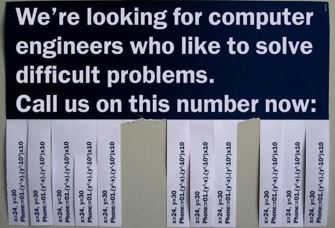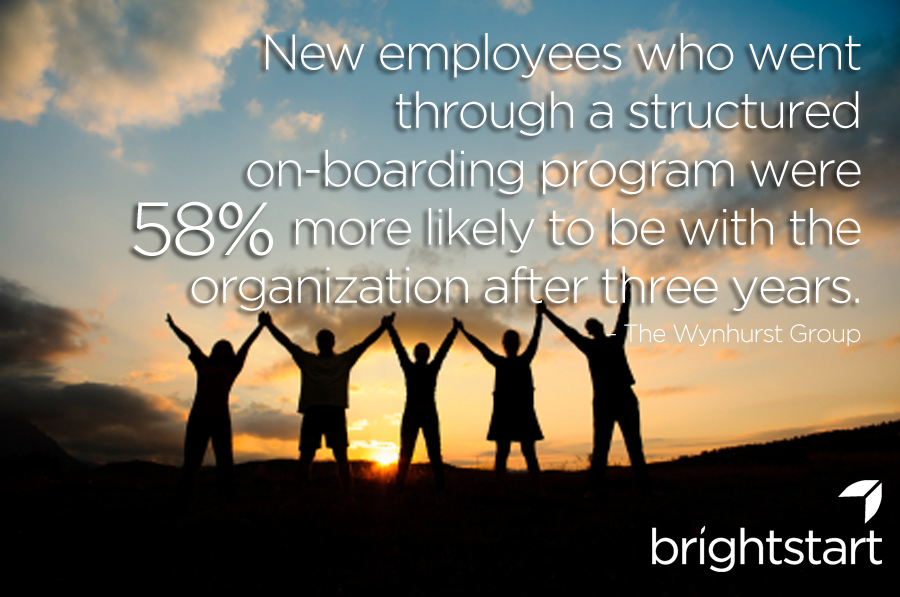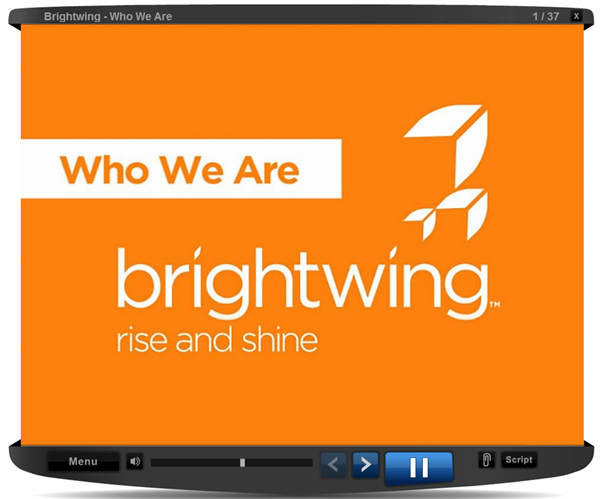Having an effective onboarding process has never been more important in today’s competitive workforce. Talented employees are among one of the strongest assets for innovative companies, but poor initial onboarding experiences often lead to unpleasant, costly results. The following statistics emphasize the importance of an effective onboarding process: – 33% of new hires look for…
Continue reading ...
In engineering professions industry wide, a well managed onboarding program can have a measurable impact on employee retention, productivity, employment brand, product/service quality and future hiring success. For these new and highly sought after engineers, a well designed onboarding program addresses the specific information that will help them understand the company and how they fit…
Continue reading ...
It’s no secret that engineers are some of the most sought after professionals today, and the marketing to attract and retain their talent is incredibly important. In the words of Pete Soderling, software engineer and founder of Hakka Group, “Engineers are in massive, disproportionate and obscenely high demand. In other words, they’ve become the hottest girls…
Continue reading ...
Today’s procurement professionals face significant challenges. Increasingly asked to do more with less, these individuals must also move beyond traditional roles focused on cost reductions and streamlined sourcing and become an integral part of an organization’s strategy team. What does this mean for talent acquisition? Simply put, procurement professionals who seek to lead in their…
Continue reading ...
SWAG is great. Who wouldn’t like a new company tote bag, bottle of wine and candy jar on their new desk? Welcome wagons are just that. They are usually things and small events that welcome someone new to a company, and after a few weeks are gone. If there is no more than that to…
Continue reading ...
Hypothetically speaking, I want to lose 10 lbs. I could start out by running, but if I don’t take the extra steps to eat healthy and get more sleep for example, I won’t be getting the most out of my investment. Just like when you hire an employee, one of the largest investments an organization…
Continue reading ...
Having been in the business for over 40 years, we have been asked a multitude of questions. One that has come up frequently in conversations with clients is “What is the difference between orientation and on boarding?” There is a definitive difference, and if you are only providing orientation you may be missing out on…
Continue reading ...
If this list describes your recruiting process, you may soon be looking for a new employee to fill the spot you think you just filled. 73% of employees expect to leave their current job for another job at some point. 32% want to leave their job now. 28% expect that to happen within two years. For…
Continue reading ...
Consider adding pride stories in various sections of your on-boarding program. One of the most important messages is to communicate “Pride Stories” (implicitly and explicitly) that will attract and retain employees so they can be proud to work at your organization. Implicitly: by conducting a well-designed, well-organized, effective on-boarding program so new hires can see…
Continue reading ...
How you approach a new hire’s first day may determine whether he’s with you for the long term. Fact: 46% of new hires are gone within eighteen months,1 and almost half of those losses occur in the first forty-five days of employment.2 Those numbers aren’t just startling; they’re expensive. How can you design your hiring…
Continue reading ...











